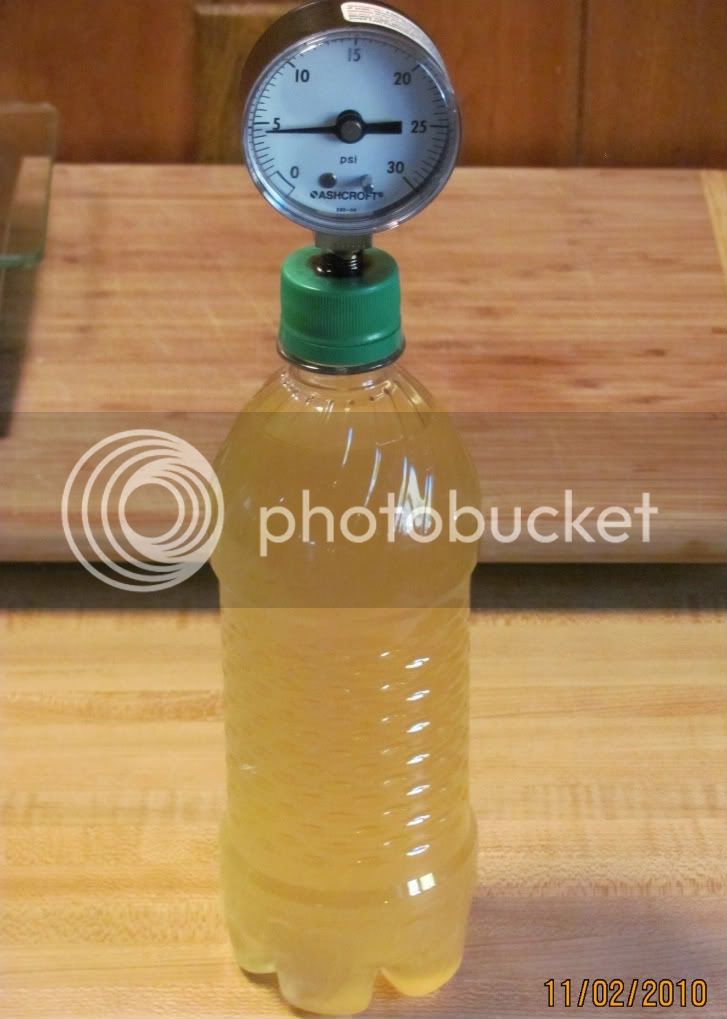stricklandia
Active Member
Looking for a ballpark estimate of how long it takes to bottle a 5-gal batch.... I planned to bottle today (Sunday), but house/yard work got the better of me. So I need to bottle on a weeknight after work, and want to make sure I have enough time to do so without staying up till the wee hours. (Not feasible to wait till next weekend, as I'm going out of town.)
Time to sanitize 48 12-oz bottles:
Time to siphon off 5 gal of brew from primary to the bottling bucket:
Time to bottle and cap 48 bottles of beer:
Because this is my first time, I don't have a good sense of how quickly/slowly the beer will siphon off, nor do I know how time-consuming it will be to bottle all of the beer.
Also, how long can sanitized bottles sit around before they need to be sanitized again? e.g., can I sanitize them 24 hrs. before bottling, or do I need to sanitize them right before bottling?
Thanks for any input!
Time to sanitize 48 12-oz bottles:
Time to siphon off 5 gal of brew from primary to the bottling bucket:
Time to bottle and cap 48 bottles of beer:
Because this is my first time, I don't have a good sense of how quickly/slowly the beer will siphon off, nor do I know how time-consuming it will be to bottle all of the beer.
Also, how long can sanitized bottles sit around before they need to be sanitized again? e.g., can I sanitize them 24 hrs. before bottling, or do I need to sanitize them right before bottling?
Thanks for any input!




